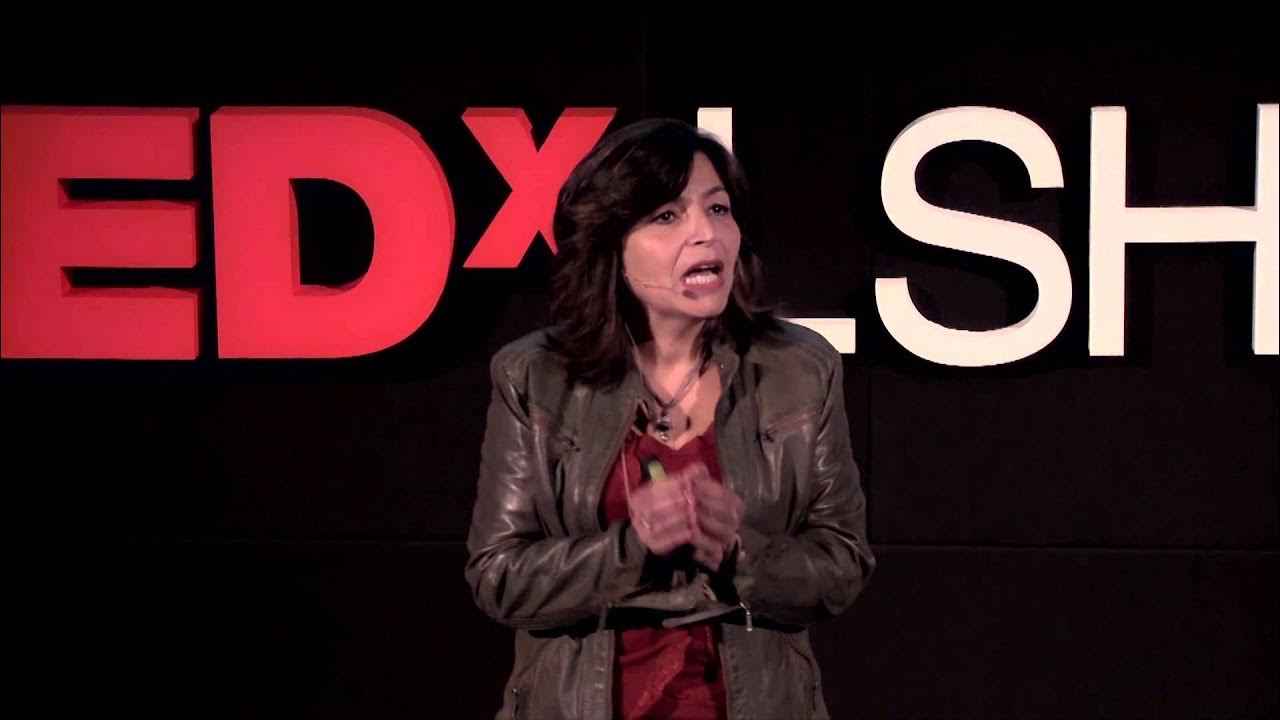The endangered languages that are fighting back - BBC
Summary
TLDRThe video explores the global crisis of language extinction, highlighting that around 50% of today’s languages could disappear in the next century. Half of the world’s population speaks only 20 languages, leaving thousands of other languages endangered. Causes of language decline include political repression, economic pressures, and cultural shifts. However, language revitalization efforts, such as Master-Apprentice programs and digital resources, are working to preserve and revive these languages. Successful cases, like Hebrew and Welsh, show how communities can reclaim and promote their languages, emphasizing the importance of linguistic diversity and cultural heritage.
Takeaways
- 🌍 It's estimated that at least 50% of today's languages may disappear within the next century.
- 🗣️ Half of the world's population speaks just 20 languages, while the other half speaks the remaining 5,000-7,000 languages, many of which are endangered.
- ⚠️ Languages face threats from political repression, war, genocide, economic pressures, and power imbalances.
- 📚 Losing a language is more than just losing words—it also means losing cultural knowledge, history, and communication tools.
- 💪 There are global efforts to revive and revitalize endangered languages through programs like Master-Apprentice pairings.
- 👵 Master-Apprentice programs often pair an older fluent speaker with a younger learner to transfer language and cultural knowledge.
- 🇮🇱 Hebrew is a well-known success story of language revival, having been brought back into daily use after almost 2,000 years.
- 🏴 Welsh also experienced a revival, aided by state support and Welsh-medium education programs.
- 🌐 Communities can now create and share language resources online, making tools like dictionaries and curricula accessible worldwide.
- 👫 Multilingualism is more common throughout history than monolingualism, connecting people to the diversity of human experience.
Q & A
What percentage of languages spoken today might disappear within a century?
-It is estimated that at least 50% of the languages spoken today may disappear within a century.
How is the global distribution of languages divided between speakers?
-Half of the world speaks just 20 languages, while the other half speaks the remaining 5,000-7,000 languages.
What factors contribute to the endangerment of languages?
-Languages become endangered due to reasons like political repression, war, genocide, economic pressures, and domination by more powerful cultures.
Why is language loss considered significant beyond just losing words?
-Language loss is significant because languages are ways of communicating thoughts, knowledge, and experiences, making them integral to cultural identity.
What is a 'Master Apprentice' program in the context of language revitalization?
-A 'Master Apprentice' program pairs an elderly fluent speaker of an endangered language with a younger person to help them learn the language and maintain cultural traditions.
Can you name a famous success story of language revival?
-Hebrew is a famous success story. It was not spoken for around 2,000 years, but Eliezer Ben-Yehuda revived it as a spoken language in the late 19th century, and today it is spoken by millions.
How has the Welsh language managed to survive despite pressure from English?
-Welsh has survived due to strong state support, Welsh-medium education, and revitalization efforts, allowing children to be educated entirely in Welsh.
How can modern technology help with language revival efforts?
-Communities can create resources like dictionaries, curricula, and language learning textbooks that are accessible online, enabling people to learn languages from anywhere in the world.
Why is being multilingual more common historically and globally than being monolingual?
-Throughout history and across the world, multilingualism has been more common because it connects individuals to diverse human experiences, whereas being monolingual is the minority.
How does learning another language connect people to broader human diversity?
-Learning another language allows individuals to engage with different cultural perspectives, making them part of the global diversity of human experience.
Outlines

هذا القسم متوفر فقط للمشتركين. يرجى الترقية للوصول إلى هذه الميزة.
قم بالترقية الآنMindmap

هذا القسم متوفر فقط للمشتركين. يرجى الترقية للوصول إلى هذه الميزة.
قم بالترقية الآنKeywords

هذا القسم متوفر فقط للمشتركين. يرجى الترقية للوصول إلى هذه الميزة.
قم بالترقية الآنHighlights

هذا القسم متوفر فقط للمشتركين. يرجى الترقية للوصول إلى هذه الميزة.
قم بالترقية الآنTranscripts

هذا القسم متوفر فقط للمشتركين. يرجى الترقية للوصول إلى هذه الميزة.
قم بالترقية الآنتصفح المزيد من مقاطع الفيديو ذات الصلة
5.0 / 5 (0 votes)






